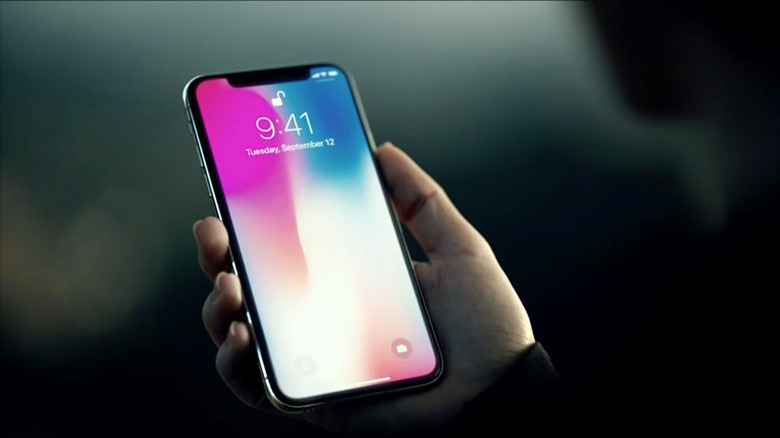Report Traces The Years Of Research Behind The iPhone X's Animoji Feature
The distinguishing feature of the iPhone X, aside from the edgeless OLED display, is the device's TrueDepth camera system. Comprised of some of the most advanced technology to ever ship with any smartphone, Apple's advanced camera system not only serves as the foundation for Face ID but can also pull off other tricks like face-tracking in real time. In turn, one of the quirkier and intriguing features Apple showed off at its iPhone event last month was Animojis. As the name implies, Animojis allow users to send animated emojis based on their own changing facial expressions.
Though the implementation of Animojis isn't a game-changer in and of itself, the underlying technology is quite remarkable and rests on an interesting amalgamation of software Apple slowly but surely acquired over the years via third-party acquisitions.
That said, Wired has an interesting piece detailing how the technology responsible for making Animjoi a reality can be traced back a number of years.
But if you trace most of consumer technology's most impressive accomplishments back to their origins, more often than not, it'll lead you to a drab research lab full of graduate students. In the case of Animoji, that research happened to have taken place nearly a decade ago at a pair of Europe's most prestigious technical schools.
Some of that research was done by Mark Pauly, a co-founder of Faceshift, a motion-capture company Apple acquired back in 2015. The entire piece makes for an interesting read, especially since it's easy for us to take advanced mobile features for granted without truly appreciating the years of research that preceded their arrival in the mainstream.
